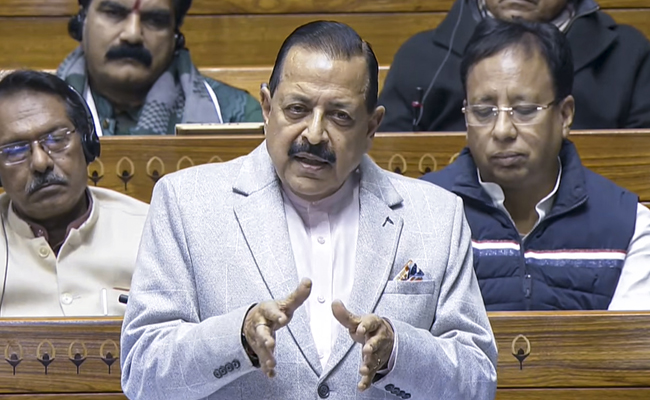In the last five decades, the number of poor has decreased considerably. Or so the government has thus declared which does not mean that there are no poor. Instead, the government has changed the criteria for identifying the poor. For example, the government identifies a person whose daily income is below Rs 30 as poor and gives him a BPL card. But what if the government changes the criteria that a person whose daily income is below Rs 20 could be considered as below poverty line.Naturally, the number of poor will come down on paper. It is a clear strategy to remove the poor in the country in the records by reducing their number through a different criteria instead of alleviating the poverty.
Very recently, Prime Minister Narendra Modi has declared that electrification of all villages in the country was completed. If we felt happy thinking that all houses in the country were electrified, then it means we are cheated. This is just a symbolic statement and it does not mean that the entire country was freed from darkness. It is not so easy to do in the country dominated by villages. It is just a magic of statistics.
Three factors expose the charade of the programmes announced by the government. As the first factor, out of total houses in a village, at least 10 percent of residents need to get power connection, and public utility places like schools, panchayat offices, health centres and community centres should get power facility to declare that a village is completely electrified. As per the government, the village is given 100 percent power facility. But the government data clearly shows that more than 31 million houses were not yet given power. In states like Uttar Pradesh, Jharkhand and Assam, more than 50 percent of houses were not given power. This is the situation even after four years of BJP which came to power by assuring power to all villages. Among 12 states, more than 25 percent of houses are need to be given power connection. When this is the situation, how can we believe if Modi announced uninterrupted power facility by 2019?
More over, complete electrification is a continuous process. When the country was given freedom, it was under complete darkness. Not even 5 percent of the houses were given power facility. Because of the development concept and programmes of Nehru and subsequent prime ministers, the villages have seen the light in phased manner. But now, Modi is trying to get the credit. This means, before Modi coming to power, all the villages were in darkness and under his regime, all the villages were given electrification.
When we introspect, only 1500 villages were given power during 1947. But even those villages were not completely electrified. Even though one or two houses had got power connections in the village, such village was declared as electrified village. During the UPA tenure between 2005 and 2014, total 10,82,000 villages were given power connection and more than 2 crore houses were electrified. Among them 19 million houses were given free electricity. When Modi declared that he would give electricity to all villages, there were only 18452 villages which were not electrified. The UPA government had give power connection to on an average 12,030 villages annually. But the Modi government has given power to just 4842 villages. So, there is nothing to celebrate. When compared to previous government, Modi’s development is very slow. Moreover, the power connection is not yet completed, but the NDA government has earmarked Rs 16,000 crore for this purpose. The programme cannot be successful if the money is reserved. Instead of creating illusion or fooling people through statistics, the Modi government should take an honest step to light up every house. Nowadays, the entire country has been facing the power problem. The power distribution companies are not getting sufficient coal. India has been dependent on coal for producing more than 60 percent of it’s power. But on the other side, the production of coal is declining. This would have a negative impact on the power generation. Are the villages lit up just from electricity connections without providing power?
Let the Truth be known. If you read VB and like VB, please be a VB Supporter and Help us deliver the Truth to one and all.
New Delhi (PTI): Lok Sabha on Wednesday passed the nuclear energy bill with Union minister Jitendra Singh asserting that it would help India achieve its target of 100 GW atomic energy generation by 2047.
The Sustainable Harnessing and Advancement of Nuclear Energy for Transforming India (SHANTI) Bill, which seeks to open the tightly-controlled civil nuclear sector for private participation, was passed by voice vote amid a walkout by the opposition.
Singh termed the bill a "milestone legislation" that will give a new direction to the country's developmental journey.
"India's role in geopolitics is increasing. If we have to be a global player, we have to follow global benchmarks and global strategies. The world is moving towards clean energy. We too have set a target of 100 GW of nuclear energy capacity by 2047," he said.
The opposition contended that the bill diluted provisions of the Civil Liability for Nuclear Damage Act, 2010 that passed on the liability for a nuclear incident on to the suppliers of nuclear equipment.





